Natalia da Silva
A Projection Pursuit Forest Algorithm for Supervised Classification
Jul 25, 2018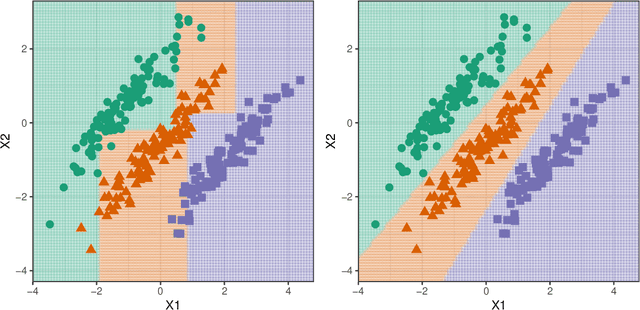
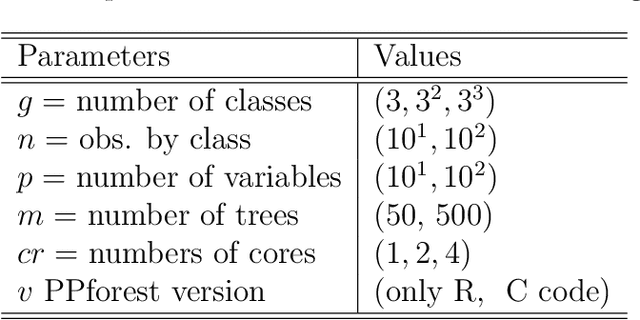
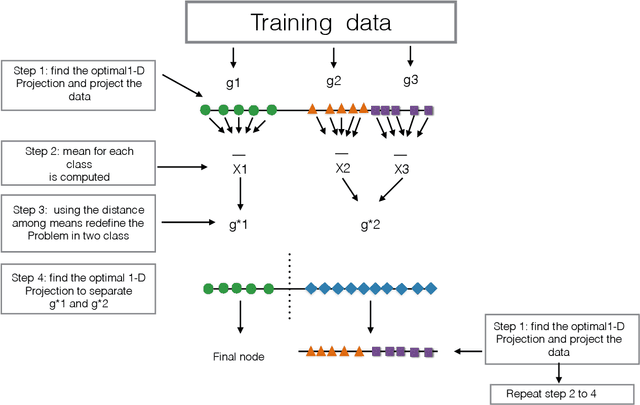
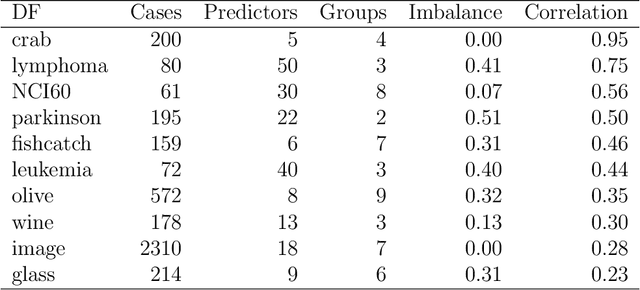
Abstract:This paper presents a new ensemble learning method for classification problems called projection pursuit random forest (PPF). PPF uses the PPtree algorithm introduced in Lee et al. (2013). In PPF, trees are constructed by splitting on linear combinations of randomly chosen variables. Projection pursuit is used to choose a projection of the variables that best separates the classes. Utilizing linear combinations of variables to separate classes takes the correlation between variables into account which allows PPF to outperform a traditional random forest when separations between groups occurs in combinations of variables. The method presented here can be used in multi-class problems and is implemented into an R (R Core Team, 2018) package, PPforest, which is available on CRAN, with development versions at https://github.com/natydasilva/PPforest.
Interactive Graphics for Visually Diagnosing Forest Classifiers in R
Apr 08, 2017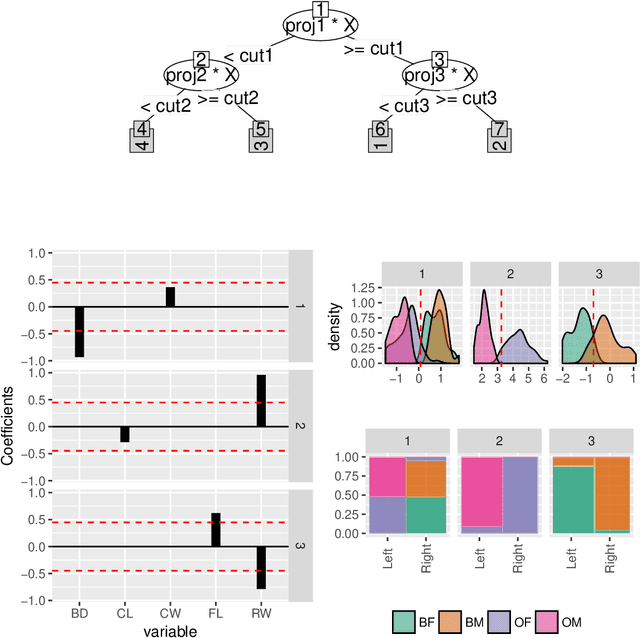
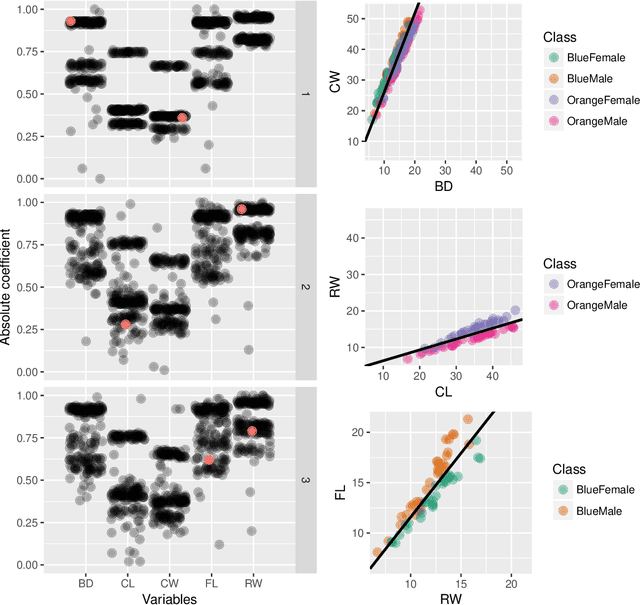
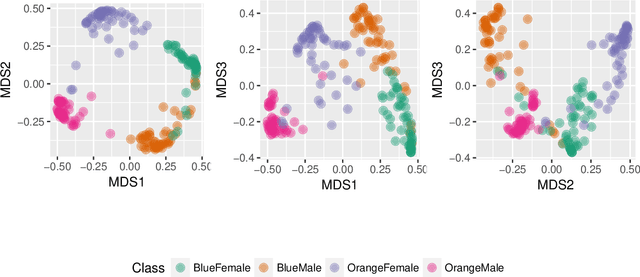

Abstract:This paper describes structuring data and constructing plots to explore forest classification models interactively. A forest classifier is an example of an ensemble, produced by bagging multiple trees. The process of bagging and combining results from multiple trees, produces numerous diagnostics which, with interactive graphics, can provide a lot of insight into class structure in high dimensions. Various aspects are explored in this paper, to assess model complexity, individual model contributions, variable importance and dimension reduction, and uncertainty in prediction associated with individual observations. The ideas are applied to the random forest algorithm, and to the projection pursuit forest, but could be more broadly applied to other bagged ensembles. Interactive graphics are built in R, using the ggplot2, plotly, and shiny packages.
 Add to Chrome
Add to Chrome Add to Firefox
Add to Firefox Add to Edge
Add to Edge